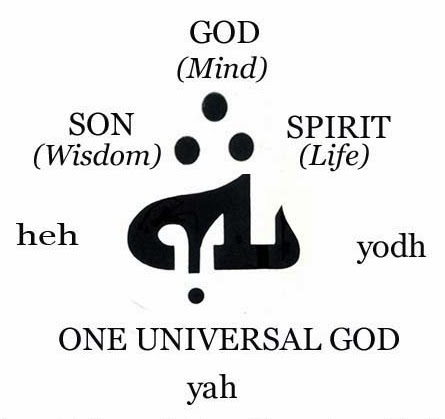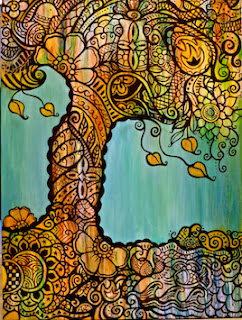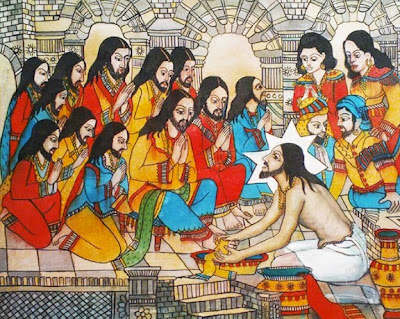 |
| Palenque. Image: INAH |
 |
| George Stuart |
Archaeologist George Stuart, former National Geographic vice president for research and exploration, will present "Recent Discoveries at the Maya City of Palenque,” twice this week in the Asheville, NC area. Stuart will be speaking on Tuesday, October 22 at 7:00 p.m. at the
Fairview Library, as well as at 7:30 p.m. Thursday, October 24, in
UNC Asheville's Ramsey Library, Whitman Room. In both presentations Stuart will give an overview of
Palenque, its importance as a Mayan city and recent discoveries made in the city’s ruins. Both events are free and open to the public.
During his career with the National Geographic Society, Stuart rose to the position of senior archaeology editor of National Geographic Magazine, and chairman of the Committee for Research and Exploration. He is the author of eight books and more than 40 articles, including his book Palenque: Eternal City of the Maya (Thames & Hudson, 2008), co-authored with his son David Stuart.
George Stuart also founded the Boundary End Archaeology Research Center (BEARC), a not-for-profit organization based on his Barnardsville property, which houses a 12,000 volume library on American archaeology. BEARC promotes research related to the archaeology, art, and writing systems of ancient America. Stuart’s many awards include the Tatiana Prokouriakoff Award from Harvard University and a Lifetime Achievement Award at the Fifth Annual Maya at the Playa conference.









%5B2%5D.jpg)









_small.jpg)


























